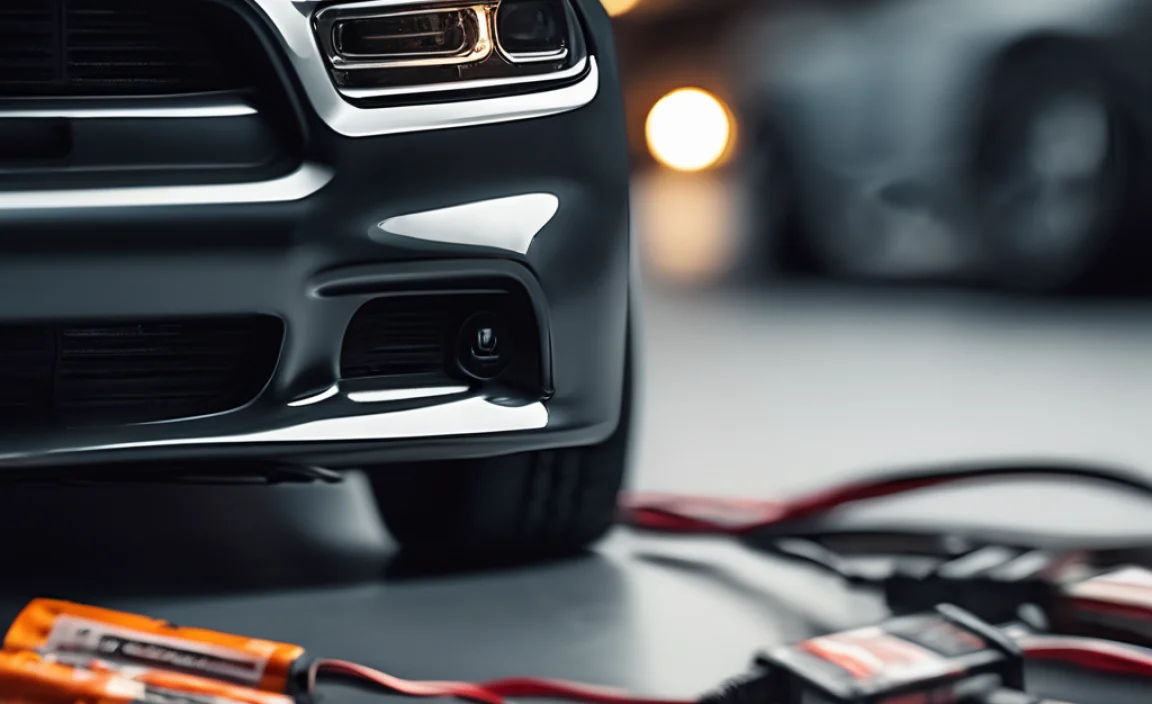Adapter Cable for iPhone: Stunning, Affordable Solutions for Your Connectivity Needs
In today’s interconnected world, keeping your iPhone powered up and seamlessly connected to various devices is paramount. Whether you’re transferring photos, charging on the go, or syncing your music library, the right adapter cable for iPhone can make all the difference. Gone are the days of bulky, expensive accessories. The market is now flooded with a stunning array of options that are not only functional but also surprisingly affordable, catering to every need and budget.
The evolution of iPhone technology has necessitated a parallel evolution in their accessories. From the early days of proprietary connectors to the current ubiquity of Lightning and USB-C, finding the correct adapter cable for iPhone requires a little understanding. For older iPhones still utilizing the Lightning port, the need for adapters often arises when connecting to newer peripherals that feature USB-C or even older USB-A ports. Conversely, newer iPhone models employing USB-C open up a world of compatibility with a broader range of accessories, reducing the need for some traditional adapters but introducing the need for different types of USB-C cables.
Unveiling the Variety of Adapter Cables for iPhone
The landscape of adapter cable for iPhone options is incredibly diverse. Let’s break down some of the most common and useful types:
Lightning to USB-A Cables: These are the workhorses for many iPhone users. They’re perfect for charging your iPhone using older power bricks, connecting to car stereos with USB-A ports, or transferring data to and from computers that haven’t yet adopted USB-C. Many reputable brands offer these cables in various lengths, jacket materials (like braided nylon for enhanced durability), and colors to match your style.
Lightning to USB-C Cables: As Apple transitions its larger devices and MacBooks to USB-C, these cables have become indispensable. They enable fast charging for compatible iPhones and offer higher data transfer speeds when connecting to newer laptops and chargers. This is often the cable you’ll use for rapid charging, significantly cutting down your waiting time.
USB-C to USB-C Cables: For iPhone 15 and later models, these cables are the standard. They are essential for charging, data transfer, and connecting to a vast ecosystem of USB-C peripherals, including external displays, storage devices, and more. The beauty of USB-C is its universal nature, meaning a USB-C to USB-C cable can often connect your iPhone to other modern devices without any intermediary adapters.
3.5mm Headphone Jack Adapters: While most newer iPhones have ditched the traditional headphone jack, many people still have their favorite wired headphones with a 3.5mm connector. Apple offers official Lightning to 3.5mm headphone jack adapters, and third-party manufacturers provide similar, often more affordable, solutions. These allow you to continue using your beloved audio gear without compromise.
* Multi-Port Adapters and Hubs: For power users or those needing to connect multiple accessories simultaneously, adapter hubs are a game-changer. These often feature a combination of USB-A, USB-C, HDMI, SD card readers, and even Ethernet ports, all connecting to your iPhone via a single Lightning or USB-C port. While these can be pricier, their versatility makes them a stunning and ultimately cost-effective solution for mobile professionals and content creators.
Finding Stunning and Affordable Options
The quest for a stunning and affordable adapter cable for iPhone is more achievable than ever. Here’s how to navigate the market effectively:
Firstly, consider the quality of materials. While you’re looking for affordability, skimping entirely on quality can lead to fragile cables that fray easily or fail to deliver consistent charging speeds. Look for cables with reinforced connectors, braided nylon sheathing, and MFi (Made for iPhone/iPad/iPod) certification for Lightning cables. MFi certification indicates that Apple has approved the accessory for compatibility and performance with its devices, offering peace of mind.
Secondly, explore reputable third-party brands. Companies like Anker, Belkin, UGREEN, and Aukey consistently offer high-quality cables and adapters at competitive prices. These brands often provide excellent warranties and have dedicated customer support, further enhancing the value proposition. Don’t be afraid to venture beyond Apple’s official offerings; you’ll often find significant savings without sacrificing performance.
Thirdly, compare prices across different retailers. Online marketplaces like Amazon, and even direct sales from manufacturers’ websites, can offer varying prices. Keep an eye out for sales events and bundle deals, which can further drive down the cost of acquiring multiple adapter cables or accessories.
Finally, read reviews. Before making a purchase, take a few minutes to read genuine customer reviews. These can shed light on the real-world performance, durability, and any potential quirks of an adapter cable for iPhone. Pay attention to feedback regarding charging speed, data transfer reliability, and overall build quality.
In conclusion, the modern adapter cable for iPhone is far from a mere utility. It’s an integral part of your digital life, enabling seamless connectivity and power. With a wealth of stunning, durable, and incredibly affordable options available, keeping your iPhone connected and functional has never been easier or more stylish. By understanding your needs and making informed choices, you can equip yourself with the perfect adapter cables to unlock your iPhone’s full potential.

